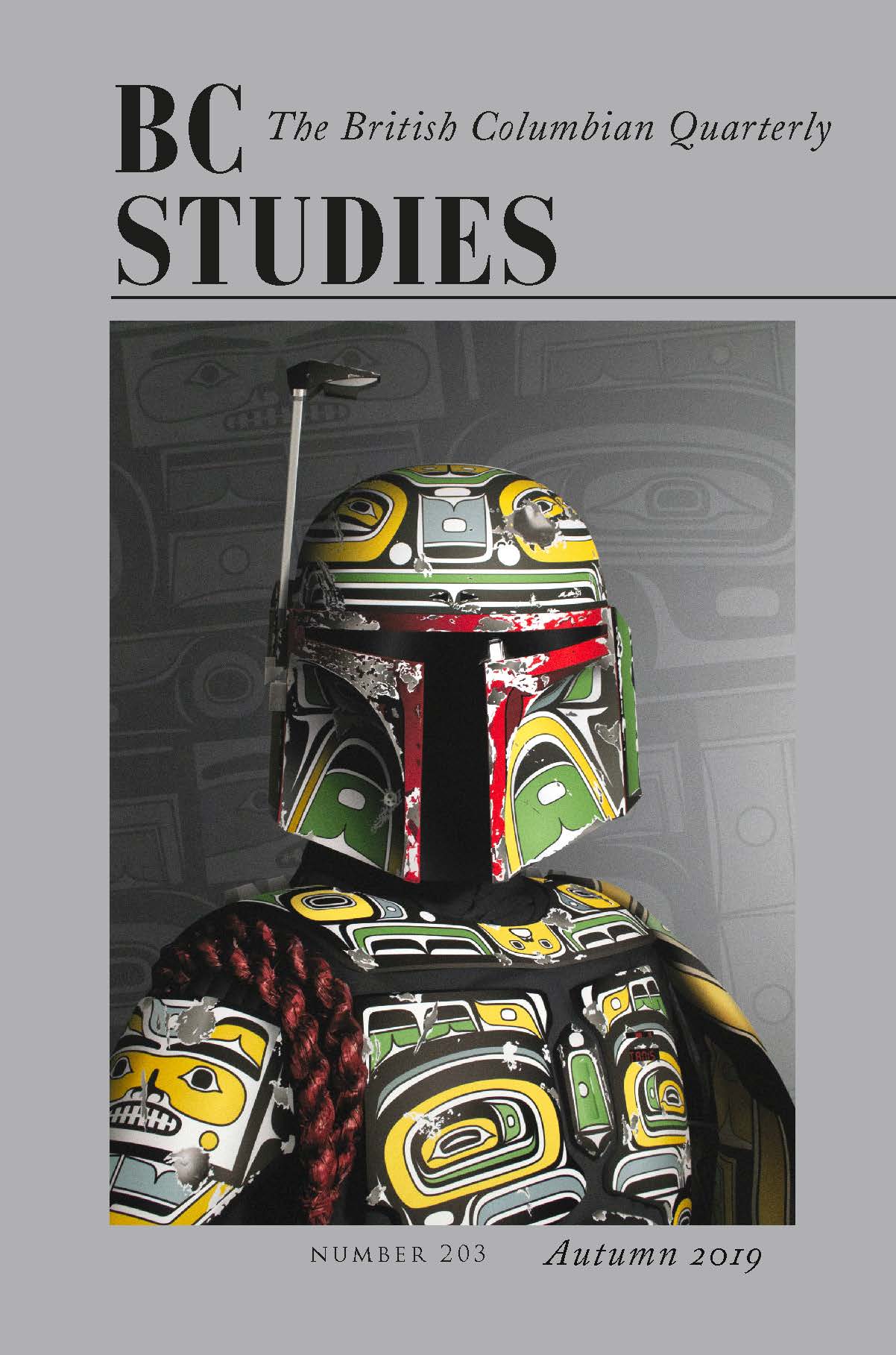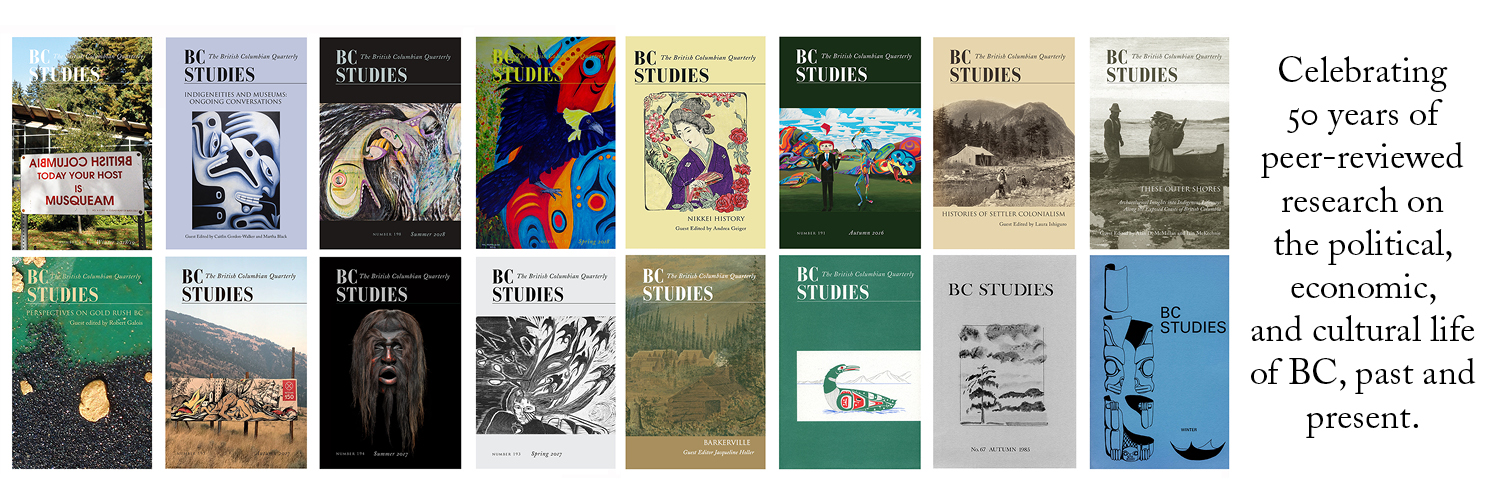Balloon Bombs, the Alaska Highway, and Influenza: Tsek'ehne Perspectives on the 1943 Flu Epidemic
DOI:
https://doi.org/10.14288/bcs.v203i203.191006Keywords:
alaska, epidemics, oral tradition, tsek'ehne (ingenika people)Abstract
In 1943 a flu epidemic swept through the Tsek’ehne of northern British Columbia. Historically this outbreak has been connected to the construction of the Alaska Highway and influx of settler construction crews. Yet many Tsek’ehne Elders directly connect it to the Japanese balloon bombs that fell in their traditional territory during World War II. Settler historians generally considered this bombing campaign to have started in 1944 and the disconnect between settler and Tsek’ehne histories of these bombs not only reveals how colonialism has shaped both Indigenous and non-Indigenous histories, but also how easy it is for the latter to disregard the former. Using a mixture of Tsek’ehne and settler sources, this paper examines the perspectives found in both with a particular focus on the inherent power relations and assumption found in the discipline of history. It will suggest that reconciliation requires the coming together of both histories so that settler historians can no longer dismiss Indigenous perspectives simply because they deem them unlikely.



